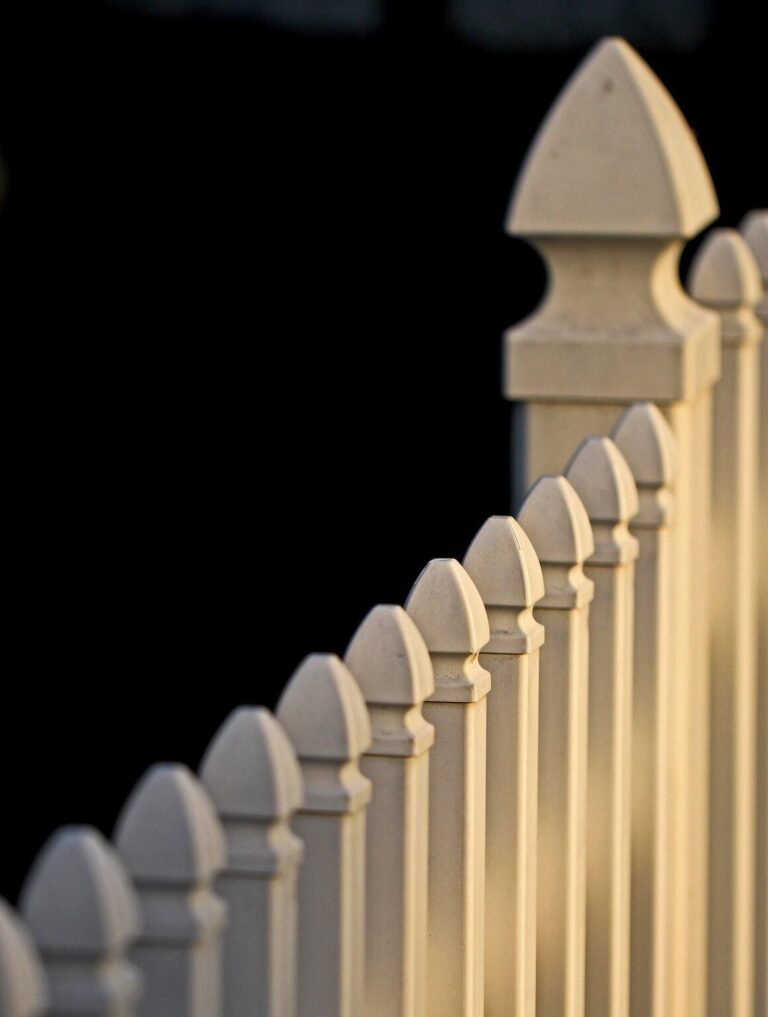Innovative Retaining Wall Designs: Blending Functionality with Visual Appeal
A Journey Through History: The Evolution of Retaining Walls
Retaining walls have long been a crucial element in landscape architecture, dating back to ancient civilizations where they were used to terrace steep terrain and create arable land. From the terraces of Machu Picchu to the Great Wall of China, these structures were born out of necessity, yet they also held aesthetic value, often becoming iconic symbols of human ingenuity. Today, retaining walls serve both practical and decorative purposes, evolving from simple stone barriers into sophisticated design features that define outdoor spaces. This article explores innovative retaining wall designs that marry functionality with visual appeal, transforming them from mere structural supports into integral parts of the landscape.
The Modern Retaining Wall: Beyond Simple Support
- Retaining Walls as Sculptural Elements
In contemporary landscape design, retaining walls are no longer just about holding back soil. They have become sculptural elements that add depth, texture, and artistry to outdoor spaces.
- Curved Elegance: Unlike traditional straight walls, modern retaining walls often embrace curves and organic shapes. These flowing designs mimic the natural contours of the landscape, creating a harmonious blend between the built environment and the natural world. Curved retaining walls can soften the rigid lines of a yard, guiding the eye through the space and creating a sense of movement.
- Tiered and Layered Walls: Tiered retaining walls, where multiple levels are built in a cascading fashion, add dimension and interest to the landscape. Each tier can be planted with different species, creating a vertical garden effect that maximizes planting space and visual impact. This approach not only adds beauty but also enhances the wall’s functionality by distributing the load more evenly.
- Materials That Make a Statement
The materials chosen for a retaining wall can dramatically influence its appearance and the overall vibe of the space. While stone and concrete remain popular, modern designs often incorporate unexpected materials that push the boundaries of traditional landscaping.
- Gabion Walls: Gabion walls, which consist of wire cages filled with stones or other materials, offer a rugged, industrial aesthetic. These walls are not only sturdy and functional but also environmentally friendly, as they can be constructed using locally sourced or recycled materials. Gabion walls work well in both rustic and modern settings, providing texture and a unique visual element.
- Reclaimed Wood: For a warmer, more natural look, reclaimed wood can be used to construct retaining walls. This material adds a rustic charm to the landscape, blending seamlessly with outdoor environments. Over time, the wood weathers naturally, developing a patina that enhances its character and blends even more into the landscape.
- Metal and Corten Steel: Corten steel is gaining popularity in modern landscape design for its industrial yet organic feel. This weathering steel develops a rusty patina that protects it from further corrosion, making it both durable and visually striking. Metal retaining walls can create a bold contrast against greenery, highlighting the plants and features within the space.
Innovative Design Ideas for Retaining Walls
- Multi-Functional Walls: Seating, Lighting, and More
One of the most exciting trends in retaining wall design is the integration of additional functions, turning these structures into multi-purpose elements of the landscape.
- Built-In Seating: Retaining walls with built-in seating provide a seamless way to incorporate functional spaces into the landscape. This design is particularly effective in smaller yards where space is at a premium. By integrating benches or seating areas into the retaining wall, you create a cozy spot for relaxation without sacrificing valuable square footage.
- Incorporated Lighting: Lighting can transform a retaining wall from a daytime feature into a nighttime focal point. LED lights embedded into the wall can highlight its textures and shapes, creating an enchanting glow after dark. Whether it’s a subtle wash of light along the wall’s base or dramatic uplighting that casts shadows on the plants above, lighting adds both safety and ambiance to the space.
- Water Features: Incorporating a water feature into a retaining wall adds movement and sound, enhancing the sensory experience of the landscape. A wall with a cascading waterfall or a series of trickling streams can become the centerpiece of your garden, providing a calming backdrop and helping to drown out noise from nearby streets.
- Retaining Walls as Garden Features
Retaining walls can also double as planters, bringing greenery right into the structure and creating a living, breathing feature in your yard.
- Green Walls: Green walls, or living walls, involve planting directly into the retaining wall itself. This can be achieved by integrating planter boxes into the wall or using a system of pockets where plants can grow. Green walls add life and color to the structure, making it a vibrant part of the landscape rather than just a functional necessity.
- Terraced Planting: By building terraced retaining walls, you can create levels of planting space that mimic the look of natural hillsides. This approach is particularly effective for steep slopes, where it would be difficult to plant on a single incline. Each terrace can feature different plants, creating layers of color and texture that draw the eye upward through the landscape.
Practical Considerations: Engineering and Environmental Impact
- Structural Integrity and Engineering
While the aesthetic possibilities of retaining walls are vast, it’s essential to remember that these structures must be carefully engineered to perform their primary function: holding back soil and preventing erosion.
- Proper Drainage: One of the most critical aspects of retaining wall design is ensuring proper drainage. Without adequate drainage, water can build up behind the wall, leading to hydrostatic pressure that can cause the wall to fail. Incorporating weep holes, drainage pipes, and gravel backfill helps manage water flow and reduces the risk of damage.
- Soil Stability: Understanding the type of soil on your property is crucial for designing a stable retaining wall. Different soils have different load-bearing capacities, and the wall must be designed to accommodate these conditions. For example, clay soils might require additional reinforcement or deeper footings to ensure stability.
- Height and Load Considerations: The height of the retaining wall and the load it needs to support will also influence its design. Taller walls or those that need to support significant weight, such as driveways or structures above, may require reinforcement with materials like rebar or geogrid. Consulting with a landscape engineer is essential for ensuring that the wall is safe and built to last.
- Sustainability and Environmental Impact
Modern retaining wall designs are increasingly focused on sustainability, both in terms of materials used and the environmental impact of the construction process.
- Eco-Friendly Materials: Choosing sustainable materials, such as recycled concrete, reclaimed wood, or locally sourced stone, reduces the environmental footprint of your project. These materials often have a lower carbon footprint and support local economies.
- Erosion Control: Retaining walls play a vital role in preventing soil erosion, protecting your landscape from the damaging effects of water runoff. By incorporating plants into the wall or using permeable materials, you can further enhance the wall’s ability to manage water flow and promote soil health.
- Biodiversity: Consider designing your retaining wall to support local wildlife. Incorporating native plants into the wall or leaving small gaps for insects and small animals can help create a biodiverse environment that supports local ecosystems.
The Future of Retaining Walls: Blending Tradition with Innovation
Retaining walls have come a long way from their purely functional origins. Today, they are an integral part of landscape design, offering endless possibilities for creativity and innovation. As we look to the future, retaining walls will continue to evolve, blending traditional craftsmanship with modern materials and sustainable practices.
Whether you’re looking to solve a practical problem, like managing a sloped yard, or seeking to create a stunning visual feature in your landscape, retaining walls offer a unique combination of form and function. By collaborating with expert landscaping services Central Arizona, you can explore new materials, embrace innovative designs, and create a retaining wall that not only performs its job but also enhances the beauty and character of your outdoor space.







